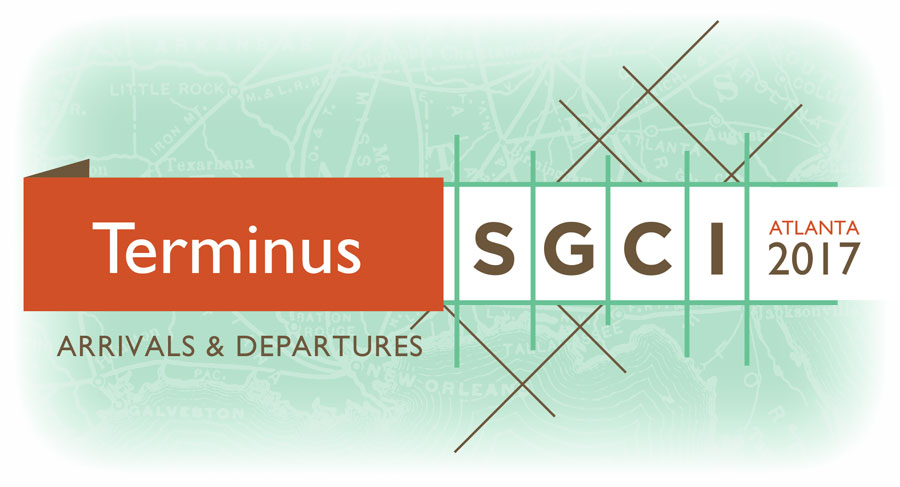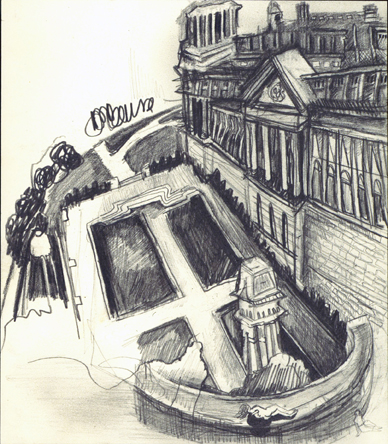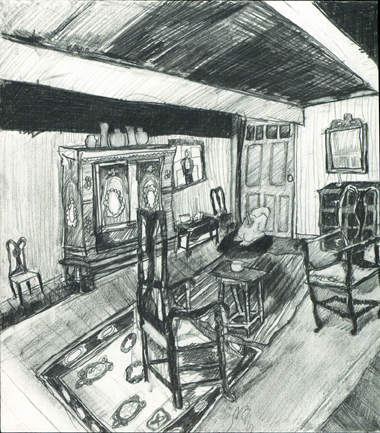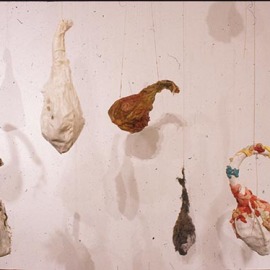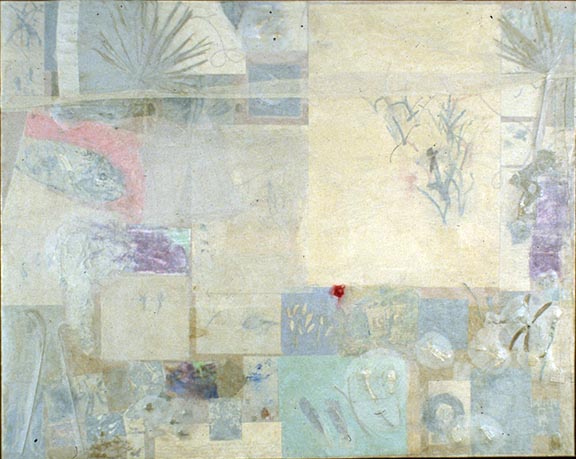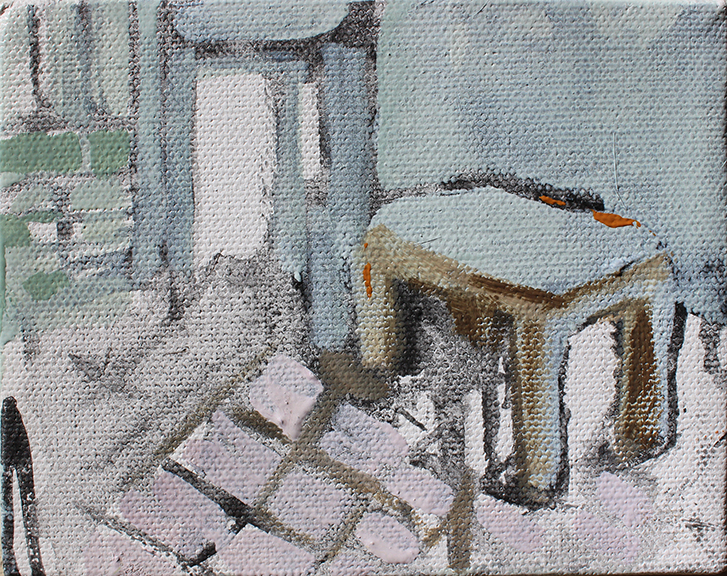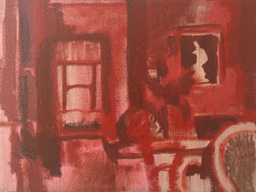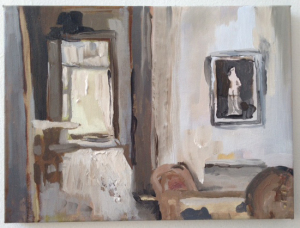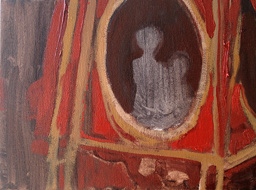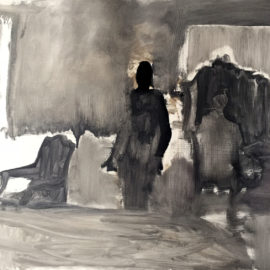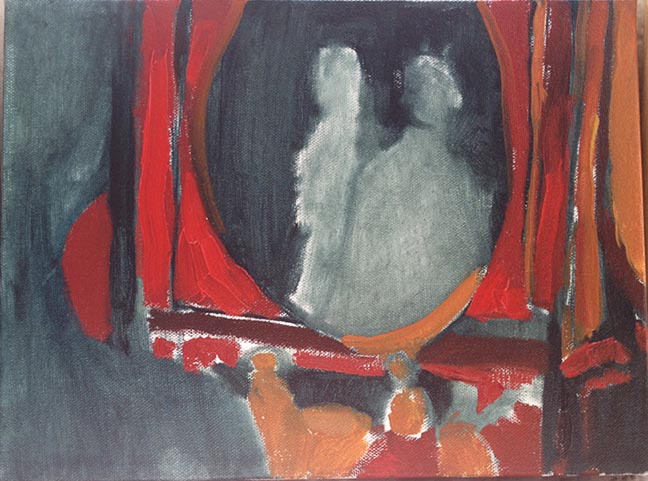In my work there is a sense of loss that I foment rather than assuage. I process the ridiculousness and beauty of the depths of this melancholy. This feeling is resurrected in myself through a persistent empathy of the losses of others—from human against human violence, natural disaster and economics. Current times present such sorrows. As photographs bombard the visual plane and the numbers of dead come rolling in off the sweet tongues of media, I have little energy to mourn. This crushing weight of global suffering is not new, just exacerbated in the psyche.
I focus on the buried and insidious effects of diaspora, loss and trauma. Currently I am interested in an architecture of intimacy—the interweaving of history and place, especially the spaces where the everydayness of life happens, where one sleeps and cooks, loves and prays, and gathers as a community. I am fascinated by the fates of spaces of private ritual when those who have animated them disappear through tragic circumstance. These often seemingly neutral sites, whether destroyed or long-lived, will connect with new families and communities. I believe that such structures absorb the energies of the beings who spent time within their walls. Old memories remain embedded in the limbs and heart of place—the floor, walls, buried beneath layers of fresh paint and deep earth. This belief is likely born from my longing to know the places where my ancestors walked—houses and synagogues left by my family in Europe during World War II. These spaces of habit and refuge take form in my imagination.
My current work is an imaginary narrative. The subject matter, somewhat campy depictions of brutal murder scenes, was triggered by a violent crime spree in my neighborhood in late 2010. All have a similar format. The locations are culled predominately from collected postcards of old European buildings which are usually outdoors and scenes from BBC television shows such as Wallander and Downton Abbey. The dead body, female and nude, is found hunched over in the foreground with a stake in her back. These absurd scenes, called “Murder Ballads,” hum quiet tales of private devastation.


